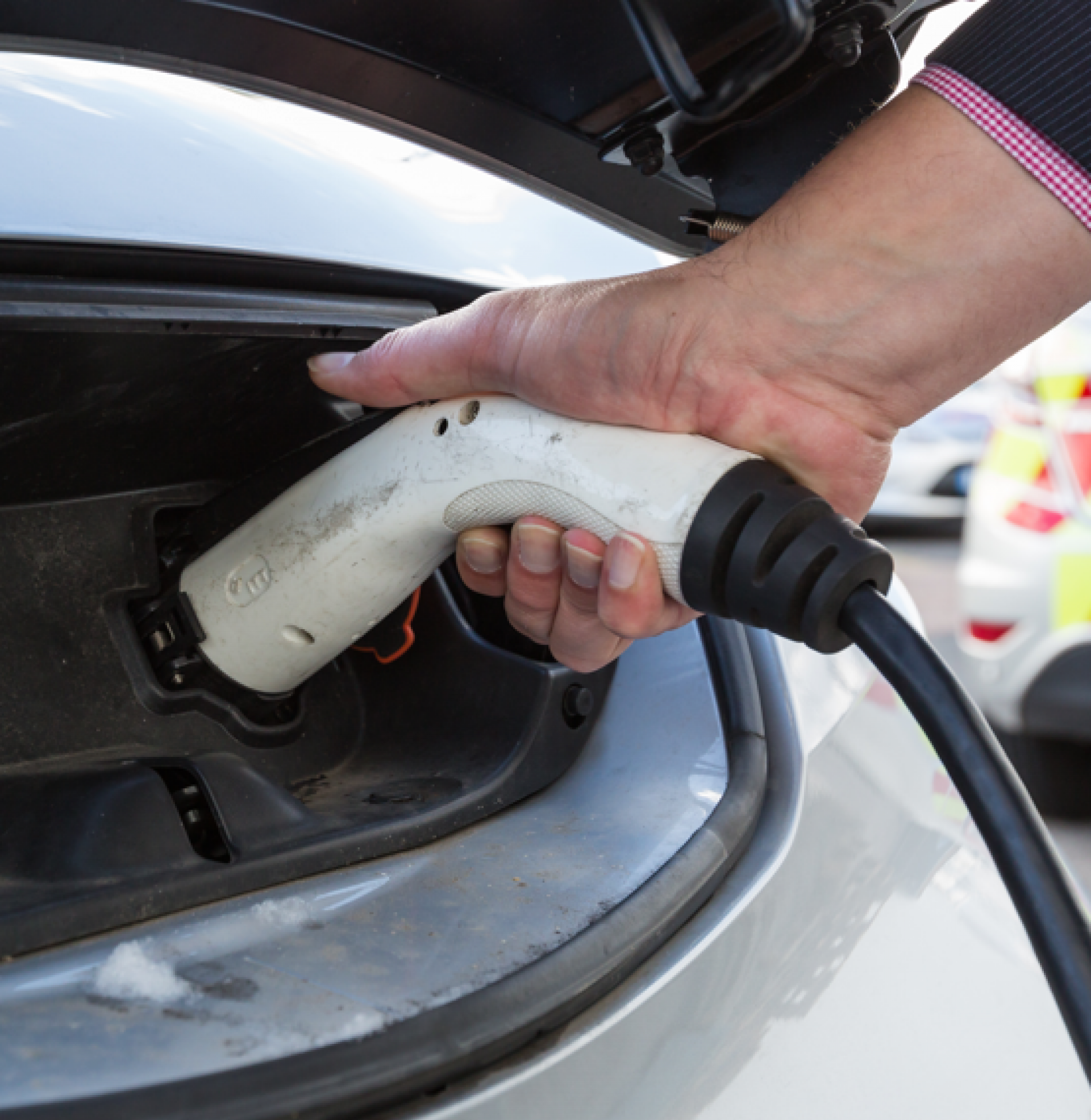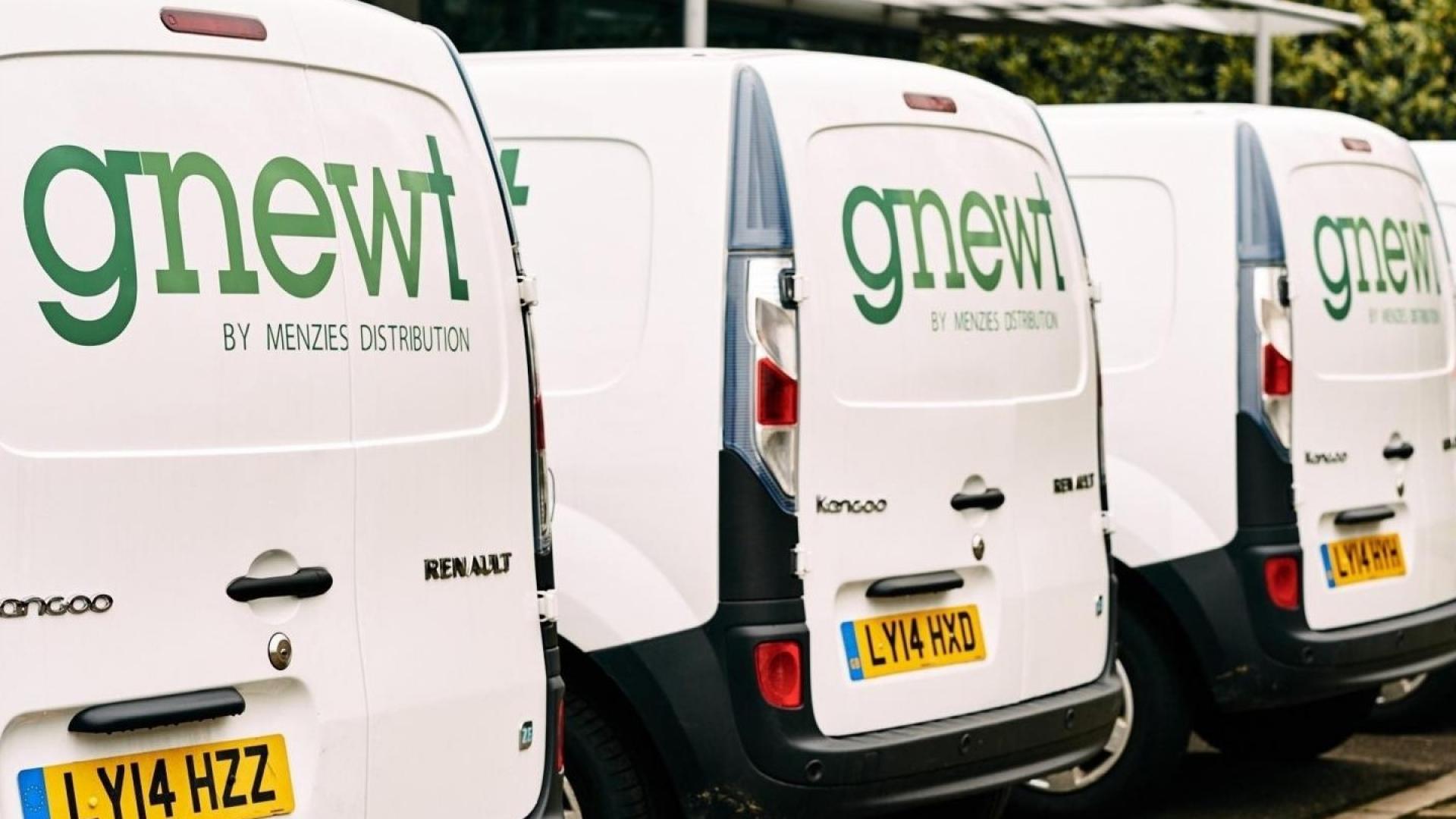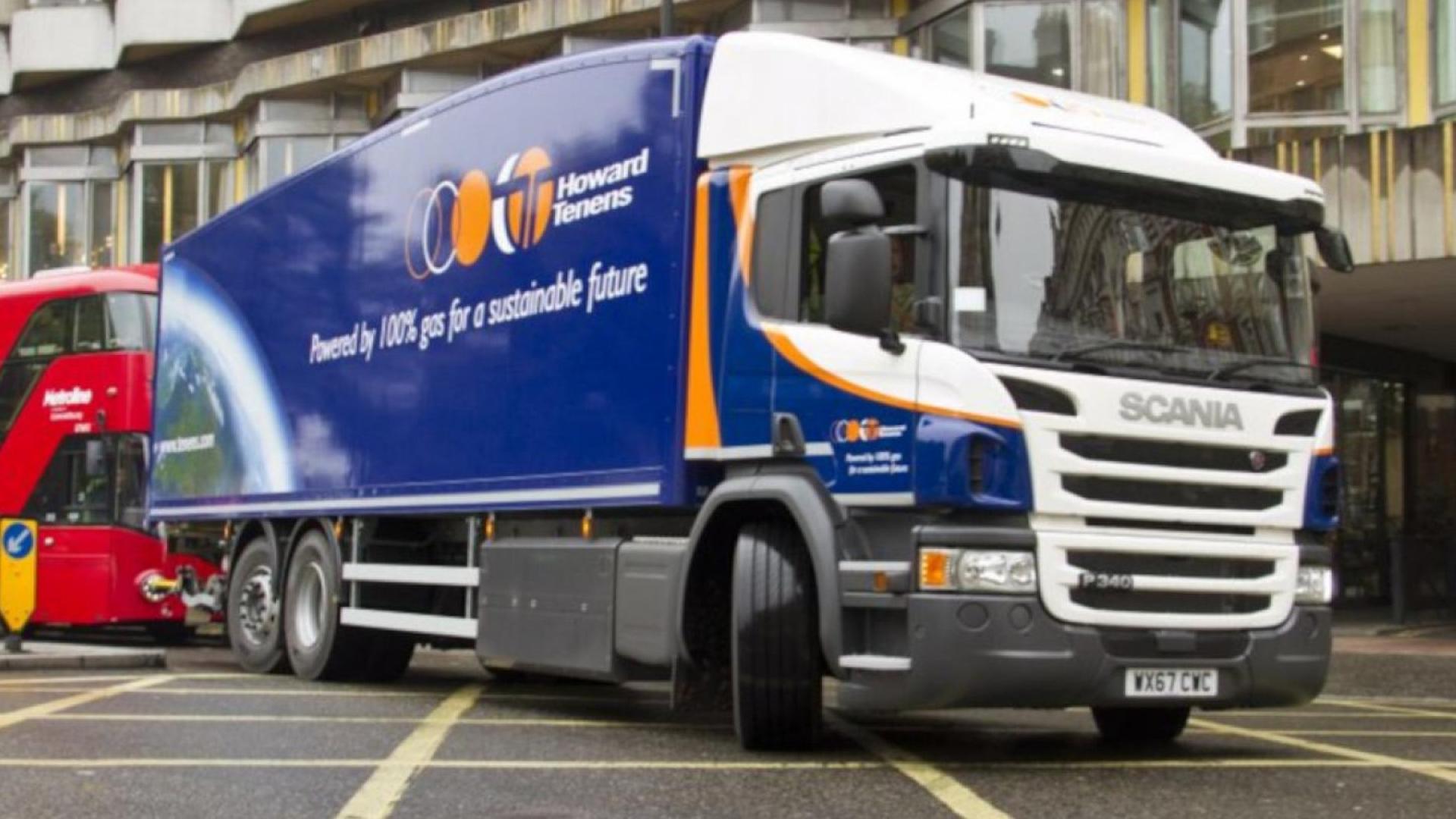There are plenty of misconceptions about alternatively fuelled vehicles, but reliable information from independent sources makes it easier to find a solution that suits you.
What is a low emission vehicle?
There’s no single definition of a ‘low emission vehicle’, but there are some useful things you can use as a guide. Euro engine standards like Euro V/VI, for example, set limits for vehicle emissions such as nitrogen oxide; as a general rule, the more modern the vehicle, the higher the Euro Standard – and cleaner its engine – should be.


Air quality initiatives
Many cities across the country will be rolling out various types of low emission zone, which aim to reduce exhaust emissions by making vehicles that don’t conform to their standards pay to enter.
London is currently leading the way, with the Low Emission Zone, Congestion Charge Zone and the upcoming Ultra Low Emission Zone.
London’s low emission zones
Low emission zone
The Low Emission Zone covers most of Greater London, with larger vans and minibuses needing to meet Euro 3 standards. HGVs, buses and coaches must meet Euro IV standards to avoid being charged. From 1 March 2021 goods vehicles over 3.5T and passenger vehicles over 5T will need to meet Euro VI standards to avoid being charged.
Congestion charge zone
The Ultra Low Emission Discount was replaced by the Cleaner Vehicle Discount in April 2019. Vehicles that meet Euro VI standards (petrol and diesel), emit no more than 75g/km of CO2 and have a minimum 20 mile zero emission capable range will qualify for the 100% cleaner vehicle discount. This is changing to pure electric vehicles from October 2021.
LoCITY commercial vehicle finder
There’s a growing number of alternatively fuelled vehicles on the market, so choosing one for your organisation could be daunting. That’s why we’ve launched the LoCITY Commercial Vehicle Finder to help you:
- Find a fuel type that’s right for you
- See what vehicle models fit the bill
- Find different options for different operations

Watch our case study video surrounding the operational effectiveness of alternatively-fuelled vehicles
Download the best practice guide
Our Best Practice Guide can help you find out everything you need to know about alternative fuels, including:
- How to switch to and use alternative fuels safely
- The different factors to consider when choosing a fuel type or vehicle
- Where to access specific details on vehicles, clean air zones and regulations


